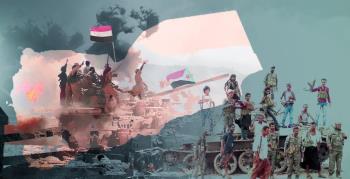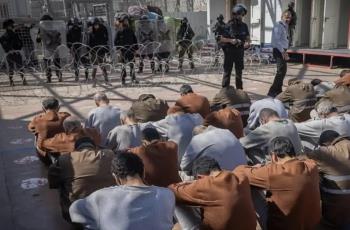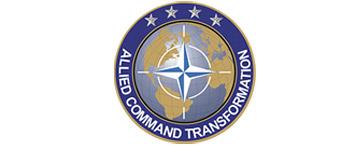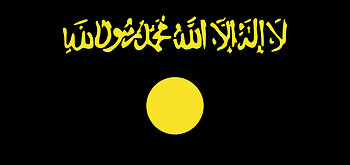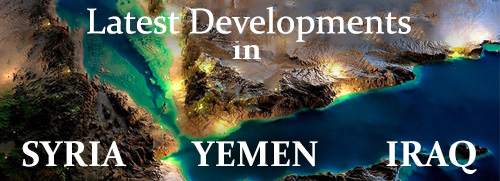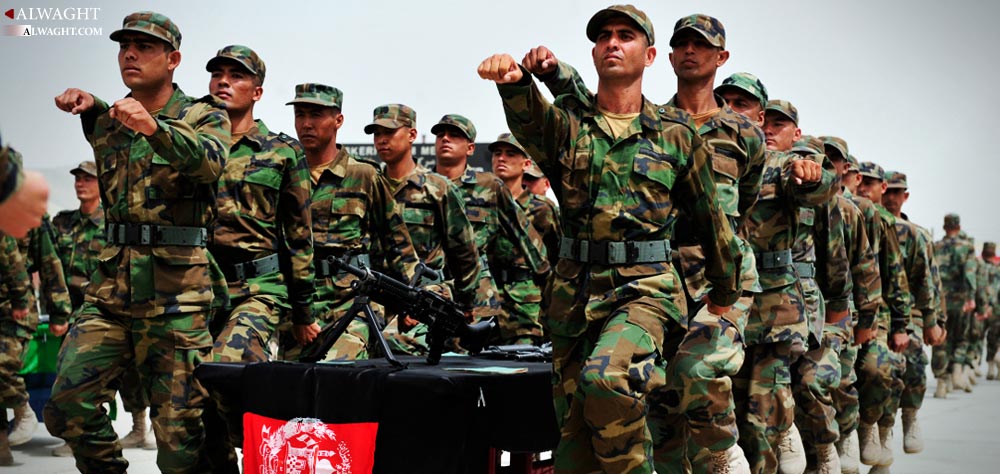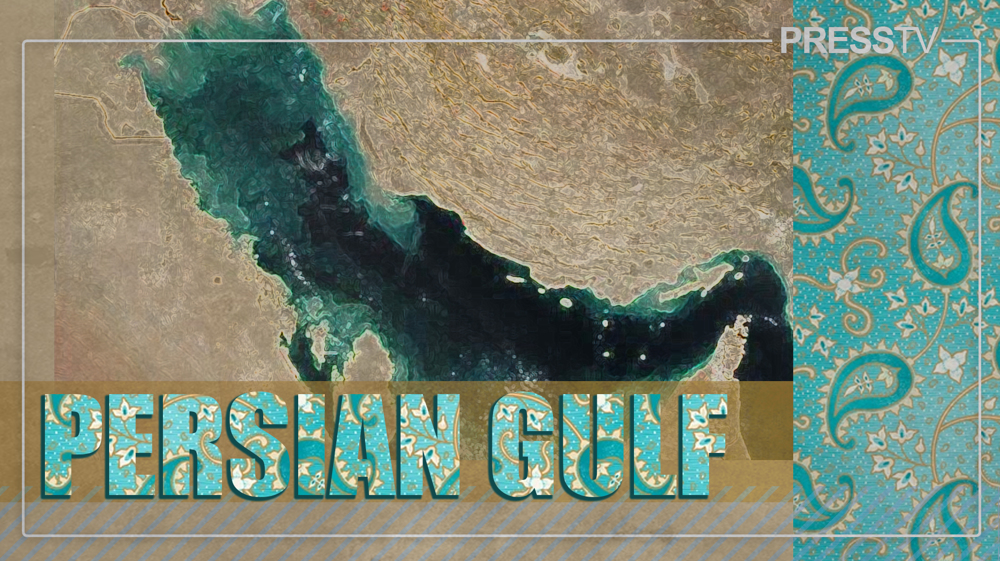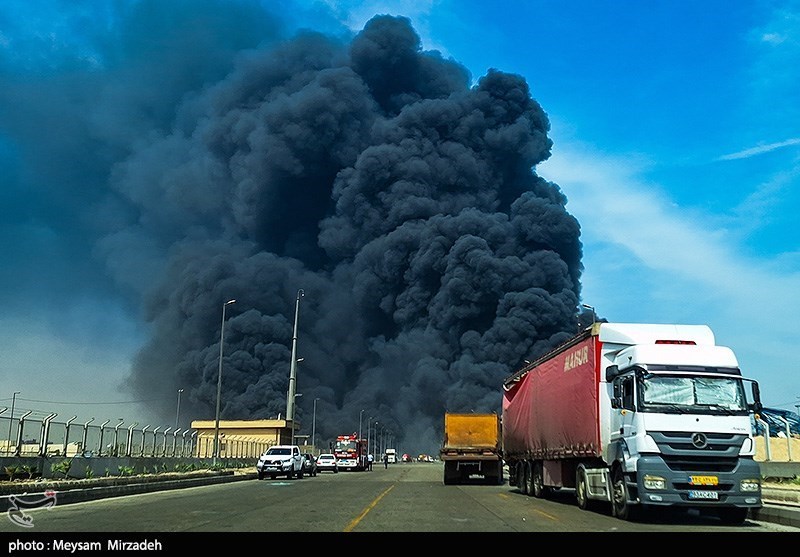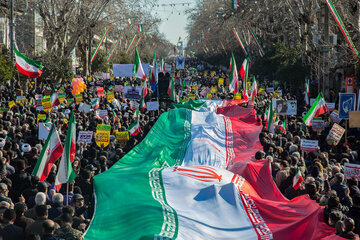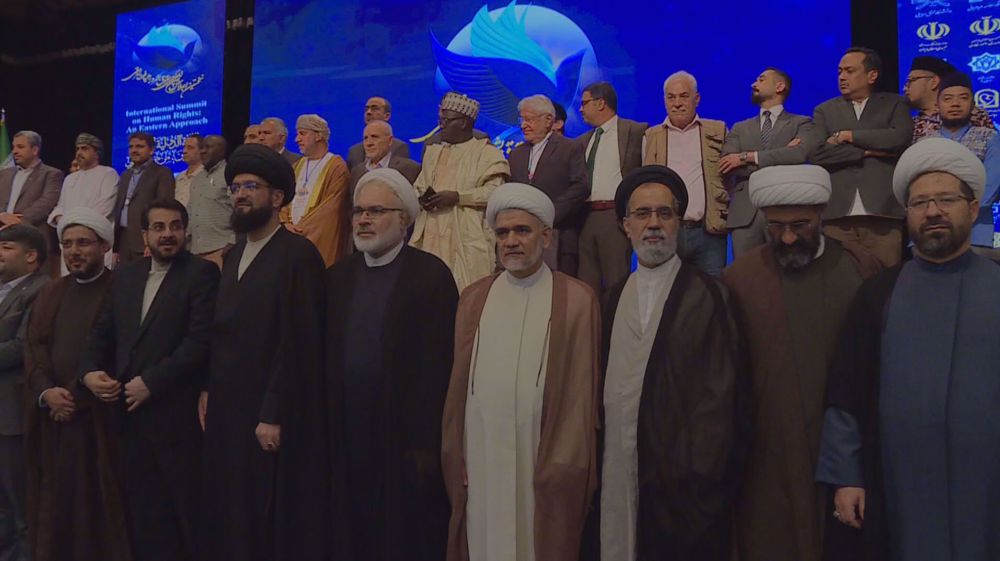Alwaght- The security conditions in Afghanistan are worsening to an extent that now people hardly doubt that the country’s national army is inefficient.
The recent deadly raid on the army base in Balkh province is not the only attack of this kind. It was carried out by 10 militants who killed 140 Afghan army personnel.
The deadly attacks have kept happening almost continuously over the past year, showing no sign of calming down even after death of Mullah Omar, Taliban’s leader, that caused wide split among different factions of the militant group.
The question that presents itself is that why is the Afghan army inefficient in doing its duties.
Following are four reasons why the country’s army is so weak:
1. Entrenched corruption
Some of the analysts blame the impotence among the military apparatus on the established corruption. The public opinion and observers recognize the army as a deeply corrupt and inept institution, even lacking the power to provide security of its servicemen. Such ineptitude is said to be the main reason emboldening the Taliban to make advances against the government forces across the country and carry out fatal assaults against them and the public. A NATO report suggests that the Afghanistan government holds only 58 percent of the national territory, and the other parts are mainly under control of Taliban.
The Afghanistan troops themselves put the total number of army generals at about 1,000, adding that the military is suffering from shortage of mid-ranking officers. Claims suggest that many army generals “buy” their posts, while there are totally illiterate. The Special Inspector General for Afghanistan Reconstruction John F. Sopco disclosed that Taliban militants buy American weapons and ammunition from the army soldiers for their cheaper price and more reliability.
Still another challenge faced by the army due to the blatant corruption is the “ghost or nonexistent soldiers” who count in tens of thousands. These troops include the killed and defected forces who are still registered as operational combat forces. The top Afghan generals get payrolls for these names. The NATO has put the number of the ghost troops at between 20,000 and 40,000.
However, cracking down on the corruption factors in the military institutions is rarely thought of due to their large scale. There are many reports citing a rise in list of nonexistent soldiers in Helmand province. Last month, following complaints of locals about growing insecurity in the province, the Afghan government arrested a senior general Mohammad Moeen Faqeer on corruption charges, a year after he was deployed to crack down on fraud and other shady dealings, including ghost soldiers list making, in the province.
“Faqeer was sent to take command of the Afghan army's 215th Corps in Helmand in early 2016, after the previous commander became embroiled in questions over improper payments to non-existent ghost soldiers, and other concerns about the unit's performance on the battlefield,” Reuters news agency reported. The issue displays the uncontrollability and large scale of the corruption among the Afghanistan military personnel.
2. Sectarian structure
Another problem hitting the army is the sectarian rivalry going on inside it. The experts suggest that a mix of corruption and sectarianism can be well held accountable for such glaring incompetence of the army.
The Afghanistan’s military forces are lacking a proper balance ethically. The sects' presence in the armed institutions does not fit the ethnic distribution patterns across the country. The Tajiks occupy more top posts in comparison to their population against other ethnic groups. But for example the presence of the Hazaras and other ethnic groups is smaller in size compared to their population.
The national army has a large percentage of Pashtuns. A large number of Pashtun personnel are from the eastern areas of the country. A small number of the southern Pashtuns who make up an ideological and ethnic base of Taliban are included in the armed forces. Such an imbalance creates mistrust and misunderstanding among different sectarian groups towards the army, making it look like a foreign force.
3. Deep gaps between Afghanistan and foreign commanders
Despite the fact that the national Afghan army was founded with assistance of the NATO and under an American supervision, there are deep divides between the Afghan generals and the foreign commanders operating in Afghanistan.
The International Crisis Group, a global research institute, has published a report on the status of the Afghan security forces. The report read that the NATO and American forces regard the Afghan police forces as an extra force only backing the mission of battle against the insurgents, and not a force devised to mainly deter crimes in the country. The report added that the International Security Assistance Forces (ISAF), which are controlling the country’s military structure, are treating the Afghan national police as an inferior security force, rather than seeing it responsible for providing order and security across the nation.
Additionally, there are differences between the foreign forces and their Afghan counterparts over a series of issues like drugs production and smuggling, military operations management, negotiations with Taliban, and making moves against Taliban inside the Pakistani territories. They rarely reach agreement or coordinate their plans on each of these cases. The Afghan officials have frequently accused the NATO leaders of failing to coordinate with Kabul on operations, and leading to Afghan civilian deaths.
Such conflict of views between the local Afghanistan forces and the foreign forces in many cases has led to failed anti-Taliban missions. This inconsistency is also blamed as a factor hitting the training programs held by NATO officers for the Afghan soldiers.
4. Lack of clear military doctrine for Afghanistan
The Afghan security forces have received training from the NATO and US officers, but they still lack a certain military doctrine to respond to the domestic threats largely coming from the militant groups active across the country. Over the past year, the Taliban stepped up assaults against government forces and posts, however, Kabul officials to date remain inactive in the face of these offensives.
The country’s security apparatus as a complex lacks security and strategic analysts to lay foundation of a combat policy ahead of the defense ministry to press forward against the militants using a well-studied defense program. The last September's suicide assault near the building of the ministry of defense, the analysts argue, apparently exposed weakness of Afghanistan’s security forces and army’s intelligence apparatus.
The Afghan military forces may have developed in quality over the course of the past 14 years, but serious issues including soldiers desertion, inexperience at guerrilla and erosive battle, distrust in foreign forces, Taliban’s expansion of activity as well as introducing new tactics, and forces exhaustion kept them from being effectively in control.
According to a strategy drawn up by General Stanley A. McChrystal, the former commander of the Joint Special Operations Command of the US, the Afghan army was planned to upgrade as one of the most powerful regional military forces up to 2011 to take over control of the country. But the outcome is a clear weakness showcasing failure of different plans implemented by the US to empower Afghanistan’s national army.

